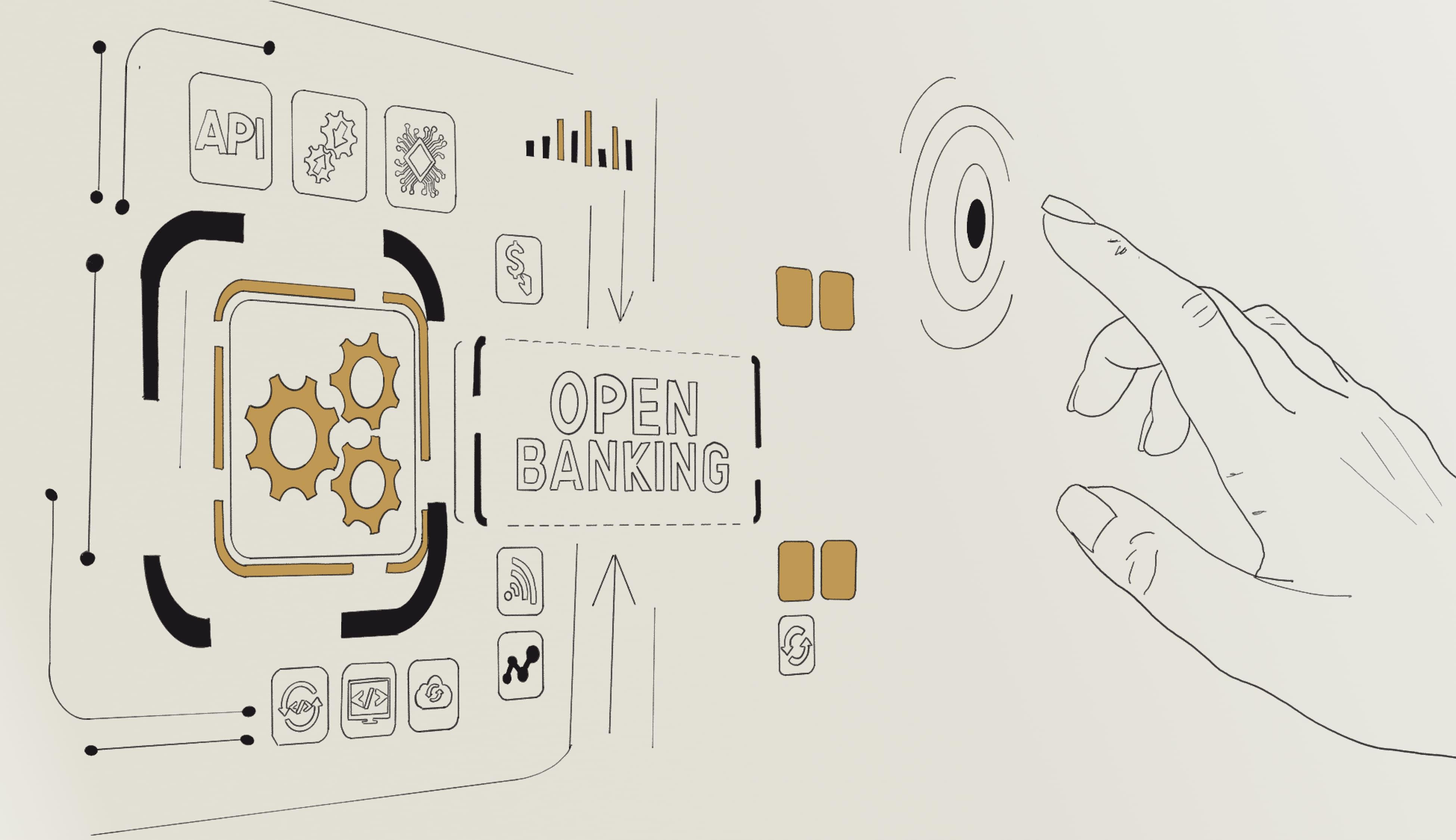Open Banking and its role in the appearance of new fintech products
Share this post

Open Banking is an approach that allows bank customers to provide access to their banking data to other services, or service providers, using API. This interface is needed for BaaS (bank as a service), which is the link to connect fintech companies and banks. Examples of the use of Open Banking could be payment platforms such as Google Pay and Apple Pay. New technologies and approaches make the interaction between a certain company and a banking institution even better, faster and safer. This is beneficial not only from the customer's point of view, but also from the bank's, because it can also conduct its operations with the help of these services.
Open Banking makes banking services more comfortable and simple, and this is an important aspect in an era where the user experience is at the forefront. If a customer conducts bank account transactions through a third-party application, it only makes it more comfortable to use the services. Such an app could be a food delivery service, a mobile carrier, or other external services. Therefore, if the client remains satisfied with the level of integration of his bank into modern services, he will remain loyal to it.
Such cooperation is beneficial not only to users, but also to financial institutions themselves. For example, the accumulated data can be used to create new services that are faster, safer and more modern. Open Banking creates an environment in which banks can better understand the needs of the market. This has a direct impact on the possibilities of creating and developing new fintech services. An example of Open Banking is the launch of the Connected Money app by the British bank HSBC. This app makes it possible to view bank accounts, loans, credits, mortgages and other cards in one place.
More widespread adoption of Open Banking will lead to more competition. Since access to data used to belong only to banking institutions, they had a kind of monopoly. When more fintech companies join the fight for the customer, it will create an opportunity to quickly develop better services and products. After all, they will not only have knowledge about the customers, but also their preferences, which will make it possible to deeply understand the needs of users.
In general, Open Banking was introduced in the world “with a squeak”, because it meant the beginning of competition. In the UK, the largest banking institutions were forced by law to open their APIs. Thus, customer information with their consent could become available to third-party developers. On June 30, 2021, the Law of Ukraine “On Payment Services” came into force, which defines the procedure for granting access to bank customer accounts. Therefore, the way to open banking in Ukraine is open.
Thus, Open Banking opens up new opportunities for banks to develop modern technological solutions in the field of fintech, brings the quality of service to a higher level and allows access to the innovation market. In addition, banks can profit by selling data or connecting their interfaces to private applications. Open banking enables the creation of entire ecosystems in which customers have access to third-party services in addition to banks. This allows banking institutions to reduce the cost of providing services, developing new applications, or even creating better rates for customers.


